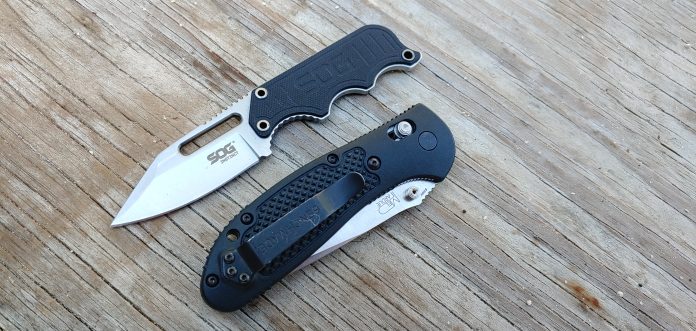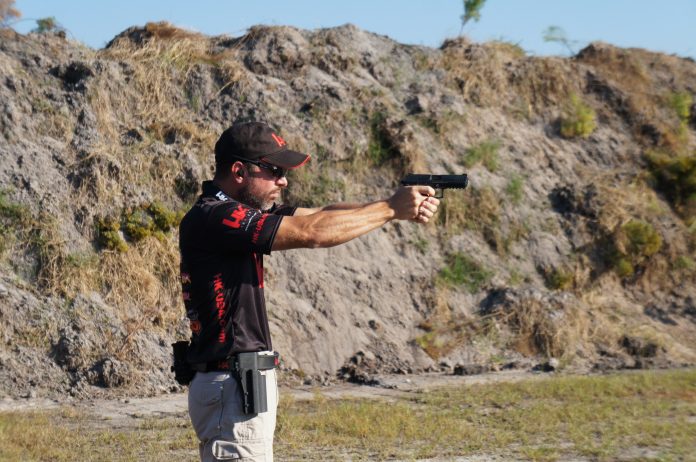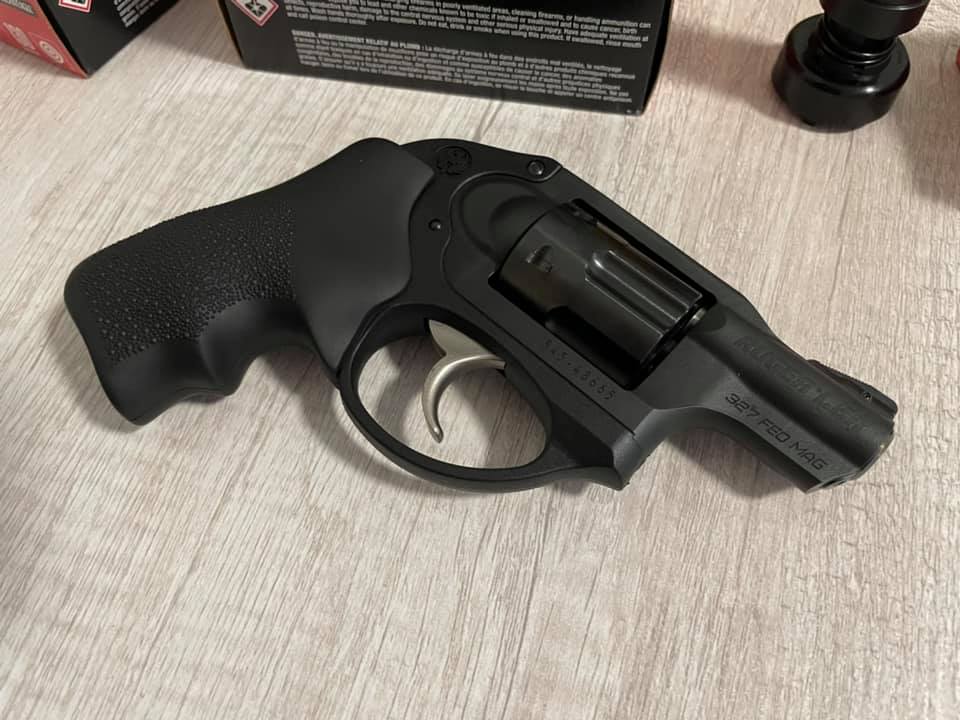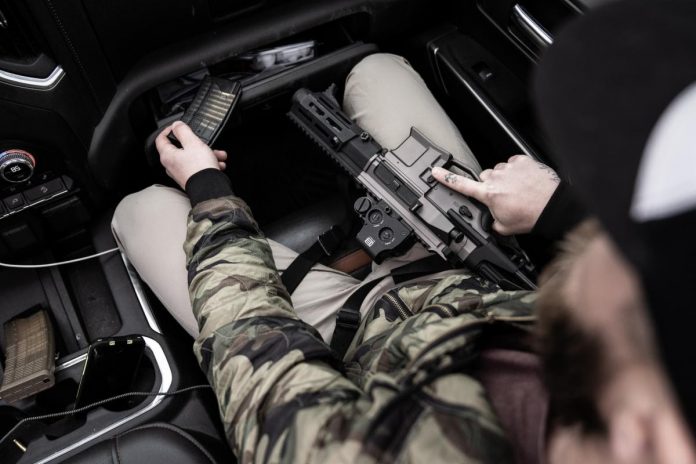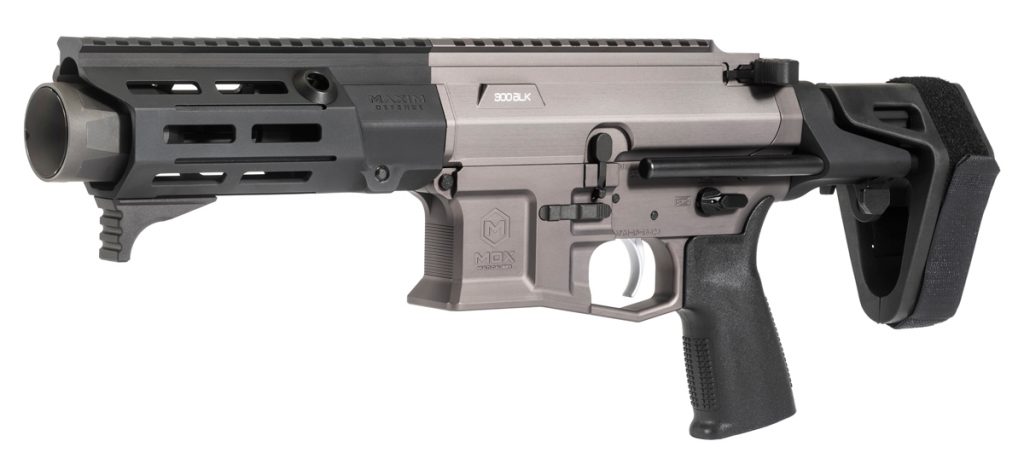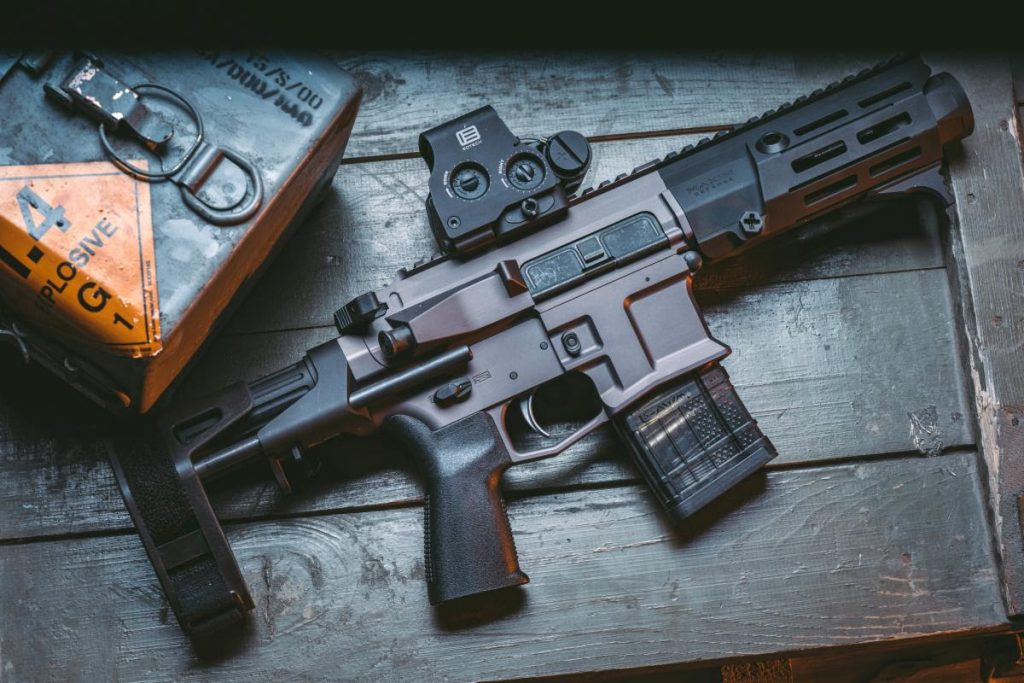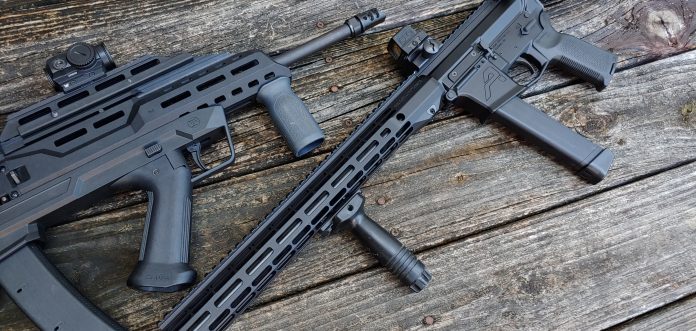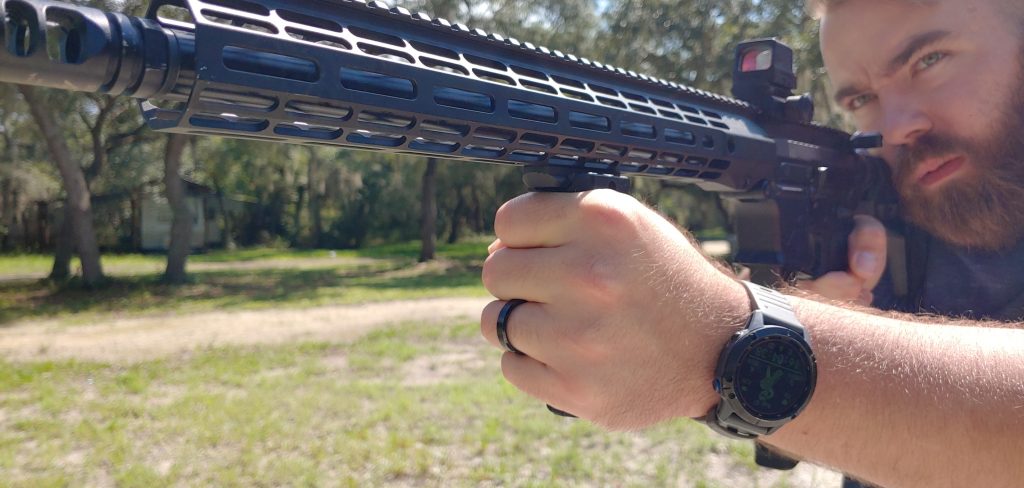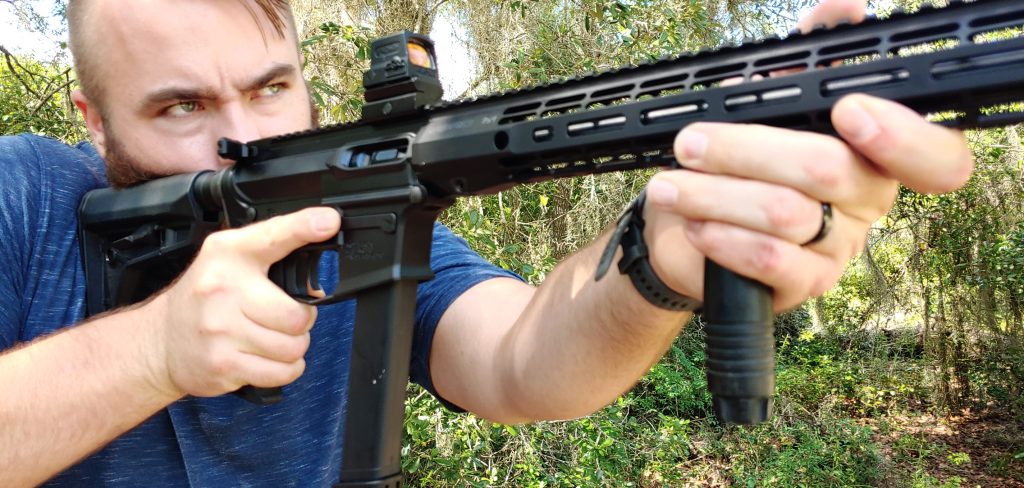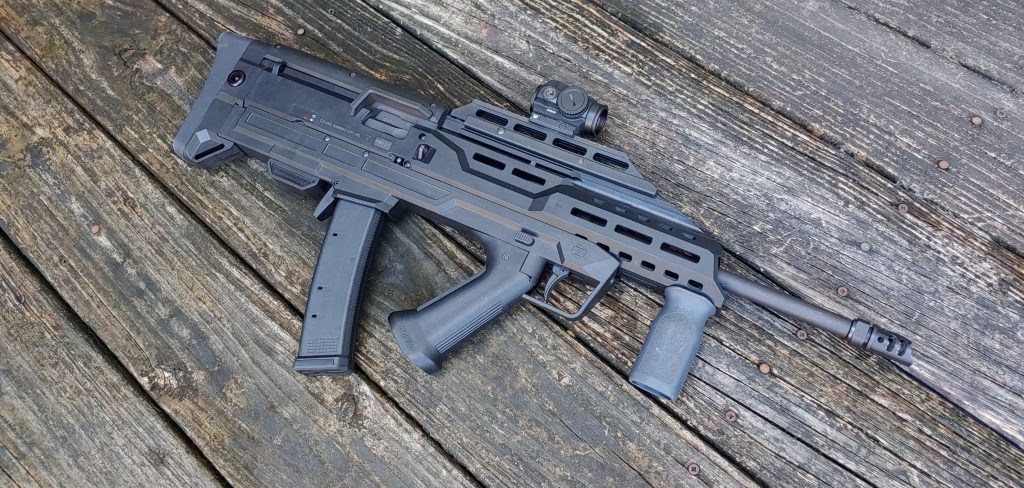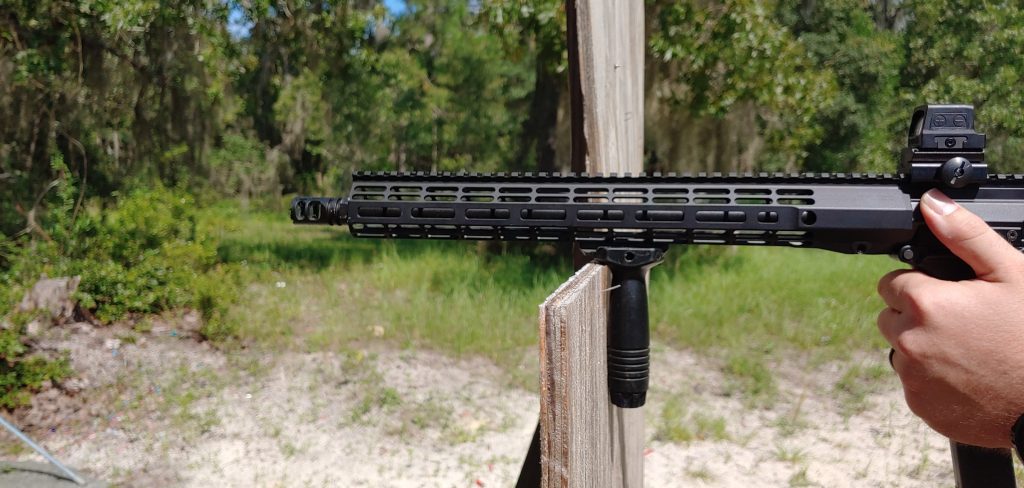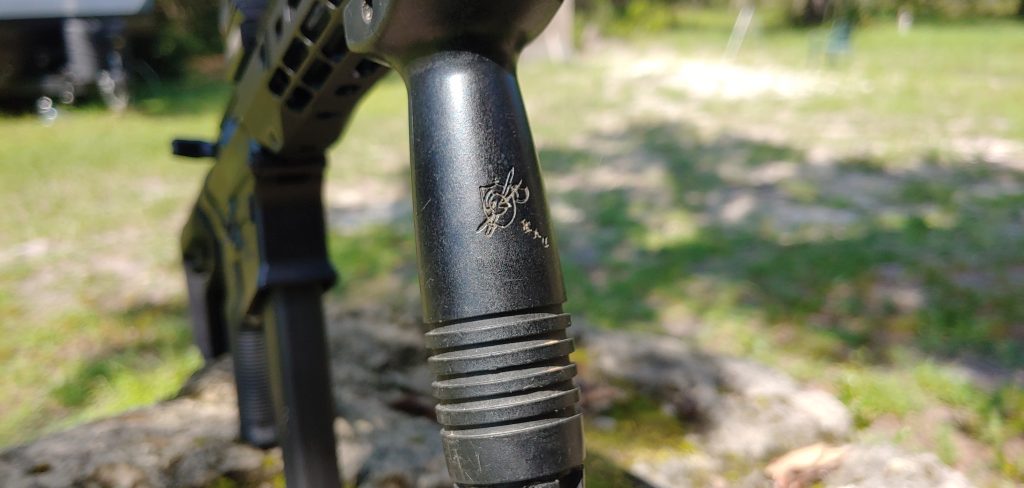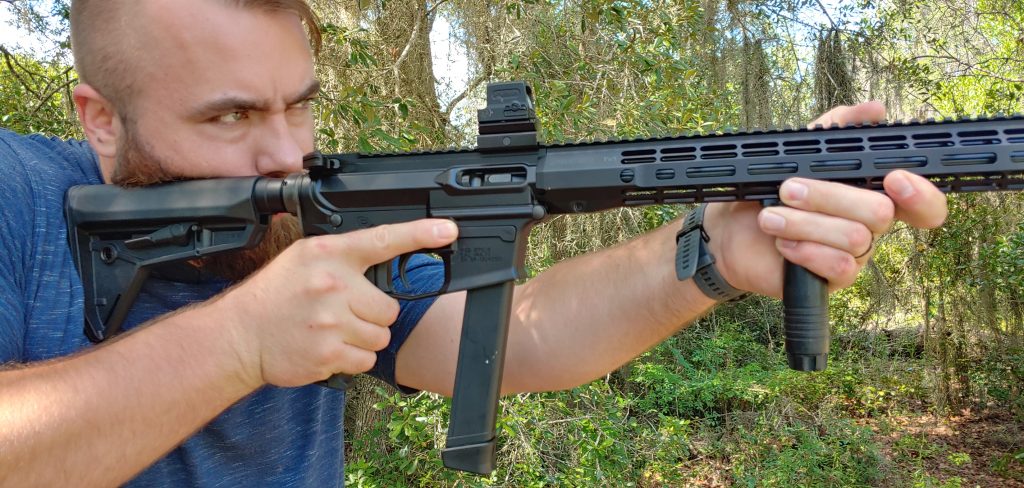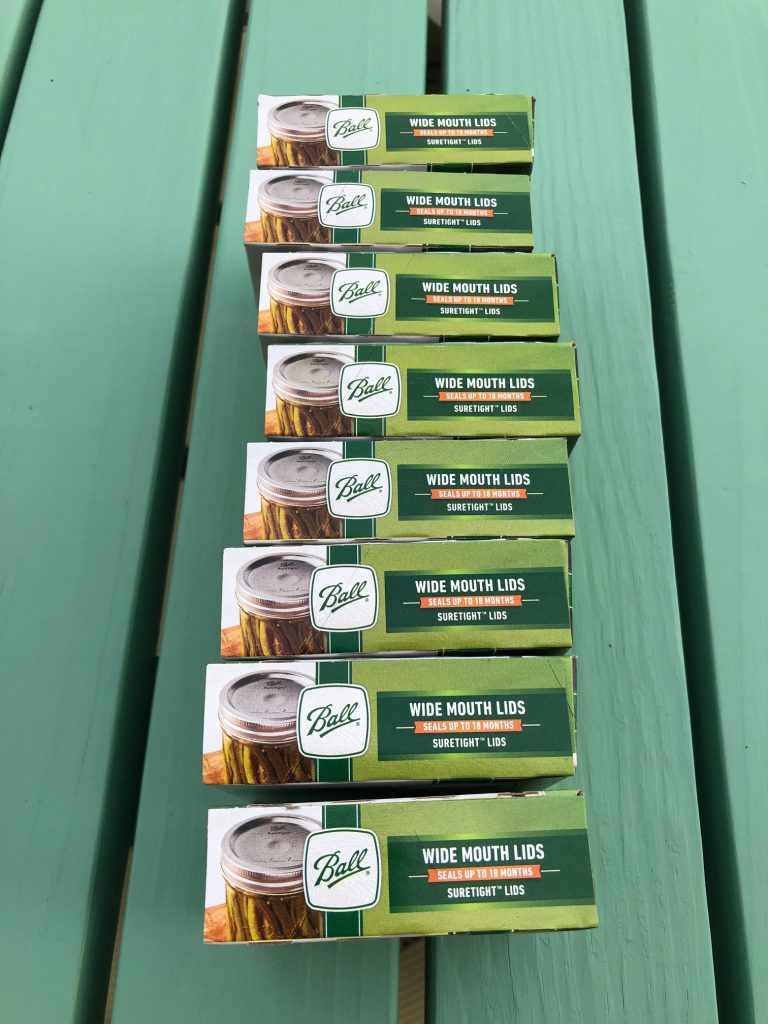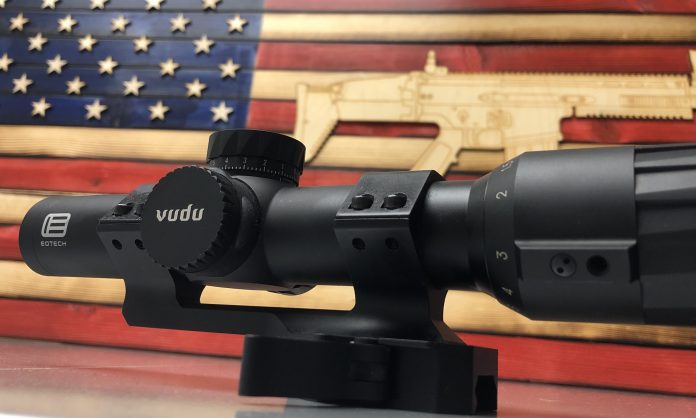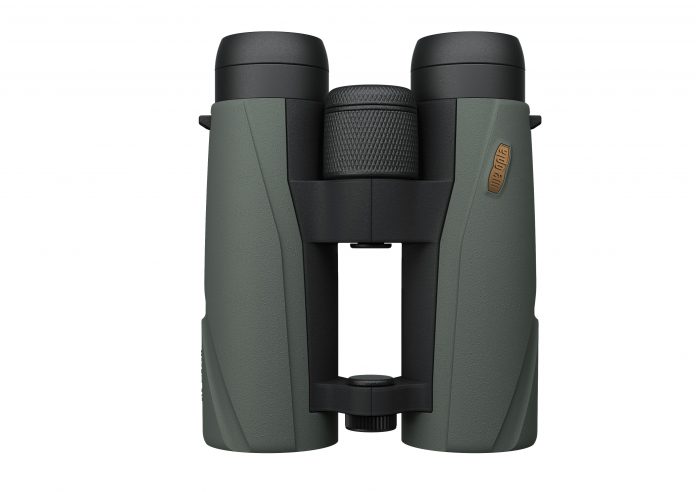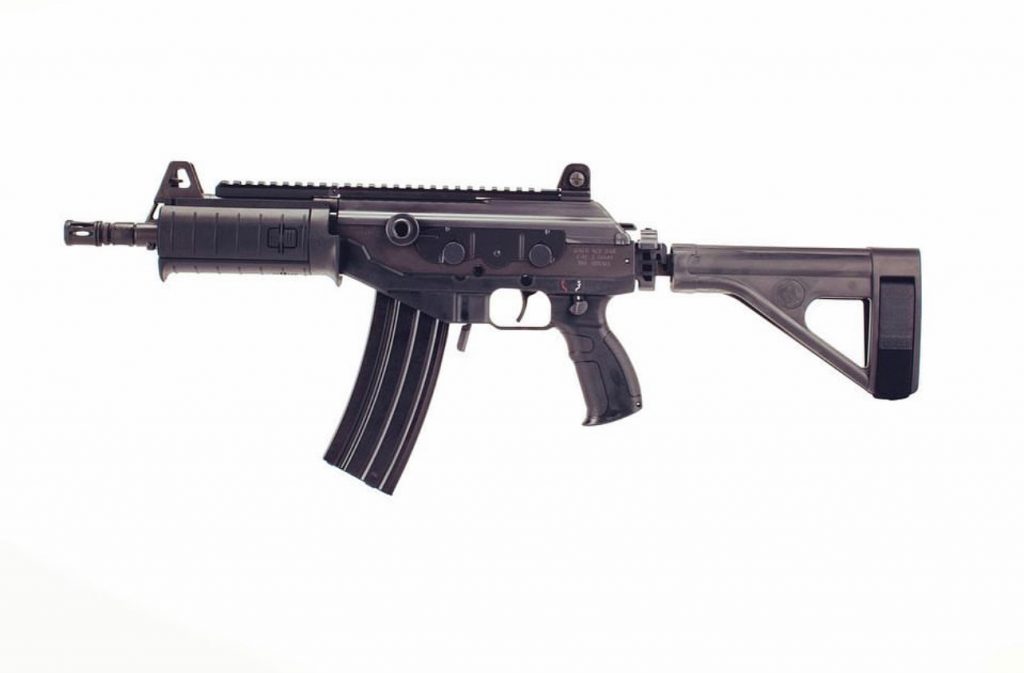Folders have always dominated the world of EDC knives. A good pocket knife is a must-have, and most good pocket knives fold. What if I suggested that a mini fixed blade might be an ideal candidate for EDC? Fixed blades run the gamut from machete to neck knife, and somewhere in between sits a rather nice choice for daily carry. A lot of the strength a fixed blade has for wilderness and tactical scenarios come through for EDC.
Today we are going to look at mini fixed blades and examine why they are an excellent choice for EDC and obviously the downsides of doing so.
A Mini Fixed Blade Is Stronger
Fixed blades are always stronger, and the same goes for mini fixed blades. Mini-fixed blades lack a folding or automatic action that adds complication to the knife. The action can always be a failure point. On top of that, the fixed blade design gives you a full tang option, and good luck breaking a full tang knife.
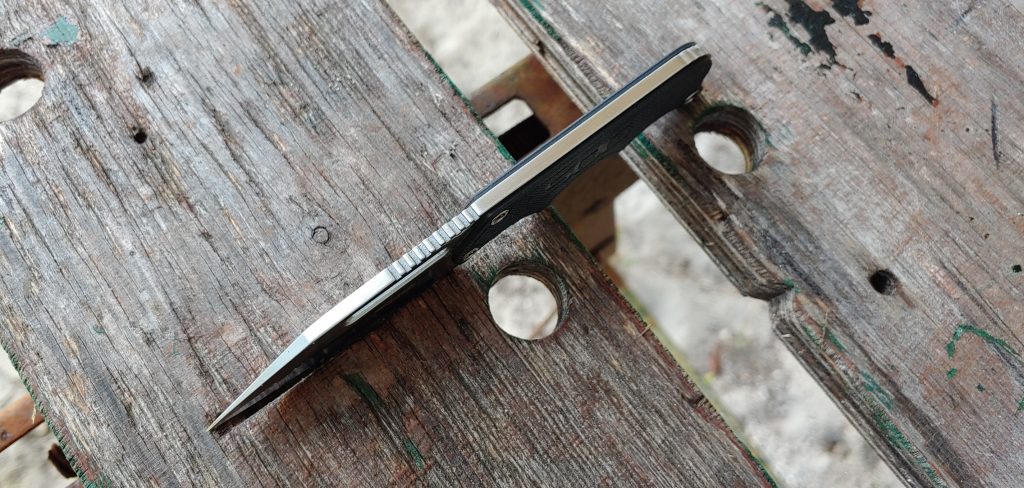
Heck, you can baton wood with one of these things and not have an issue. While they might be mini fixed blades, they still inhabit the same durability as full-sized fixed blades.
A Cheap Fixed Blade Beats a Cheap Folder
Cheaper folders mean cheap actions, and that’s a very easy means to have a broken knife. A cheap fixed blade eliminates most of the issues a cheap folder has. Cheap mini fixed blades are way more reliable and easier to depend on than a cheap folder. If I’m only spending 40 bucks on a knife, I’m going to lean towards a mini fixed blade.
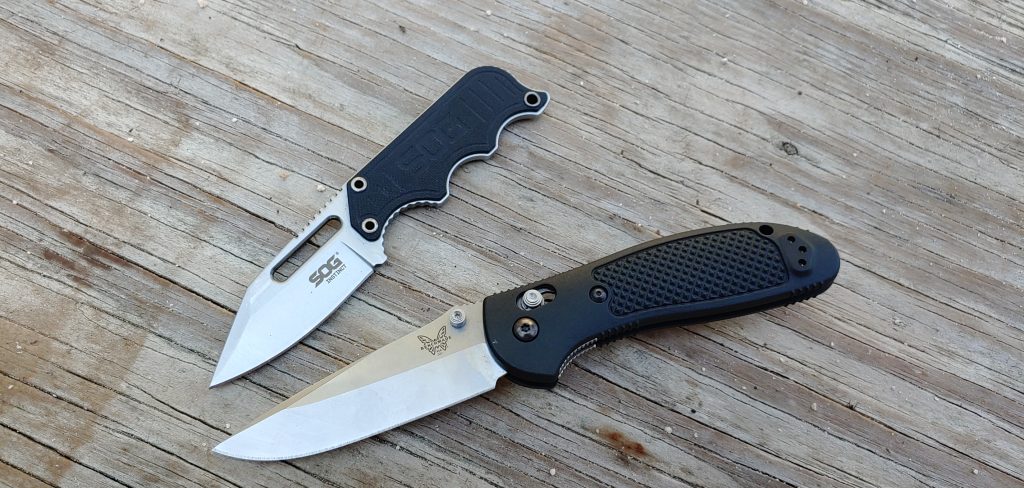
A cheap folder costs more to produce than a cheap fixed blade, so you often get better features with a cheap fixed. This includes better steel and better grip materials. Both are important features to recognize and give the cheap mini fixed blade a slight edge. (No pun intended.)
Lower Maintenance Requirements
A mini fixed blade doesn’t require a whole lot of maintenance to keep it running. All you need to do is make sure it doesn’t rust and keep it sharp—no actions to oil or clean. Users can maintain and keep a mini fixed blade ready to rock and roll with very little issue. It’s just a hunk of metal with some grips attached, and as such, it requires very little effort to keep it maintained and ready for action.
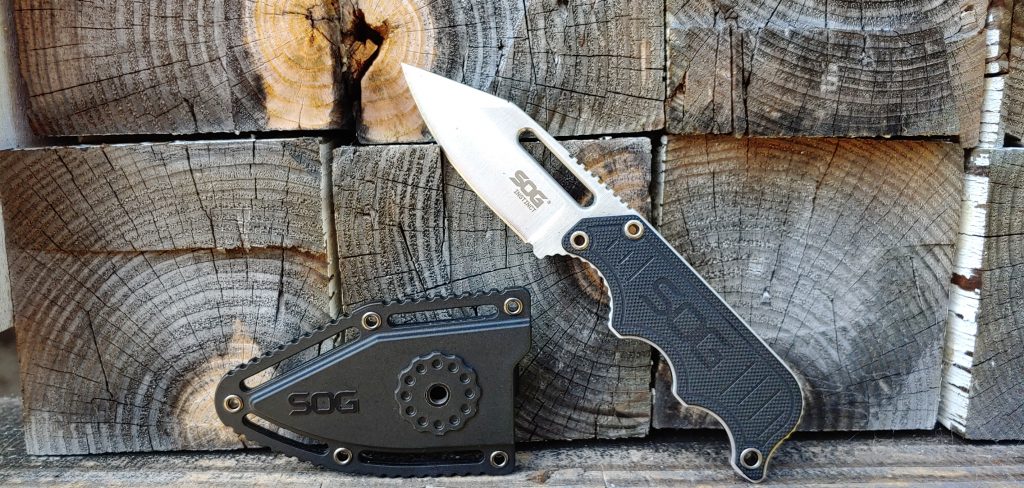
Fast Deployment
Finally, even the fastest auto knife can’t beat the speed of a mini fixed blade. When you need to get a knife into action, a mini fixed blade might be the ticket. It’s faster to draw than a large fixed blade and requires nothing to activate to get the blade into use. Draw it, and get to slicing and dicing. A good mini fixed blade is a great choice for self-defense.
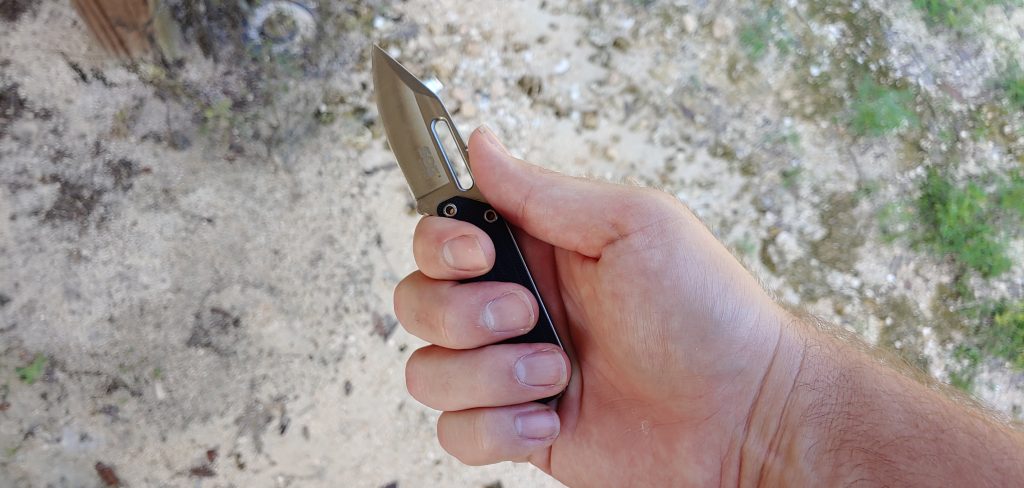
Downsides
Nothing’s perfect, and the mini blade most certainly has its issues. First, legality is a big one. Some states prohibit the carry of a fixed blade knife or may require a concealed carry permit to do so. It’s a hassle, but like gun laws, knife laws vary widely around the country.
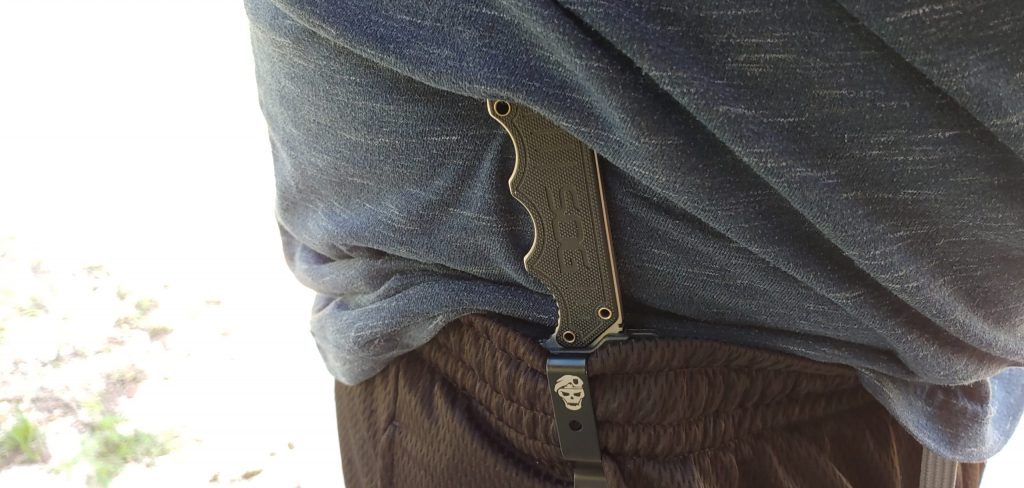
Second, carrying a mini fixed blade can be difficult. Ultimately you’ll need to rely on your sheath. Personally, I prefer knives like the SOG Instinct that provides an outstanding fixed blade knife combined with a multipurpose sheath that allows for various means of carry. IWB works well, as does belt carry.
Mini Fixed Blades and You
The Mini fixed blade isn’t for everyone, but they work extremely well for the selective user. A good little blade goes far with the average user. It outperforms most folders in most tasks. If you are willing to deal with carrying one and ensuring you legally can, it might be the best option for an EDC knife.

